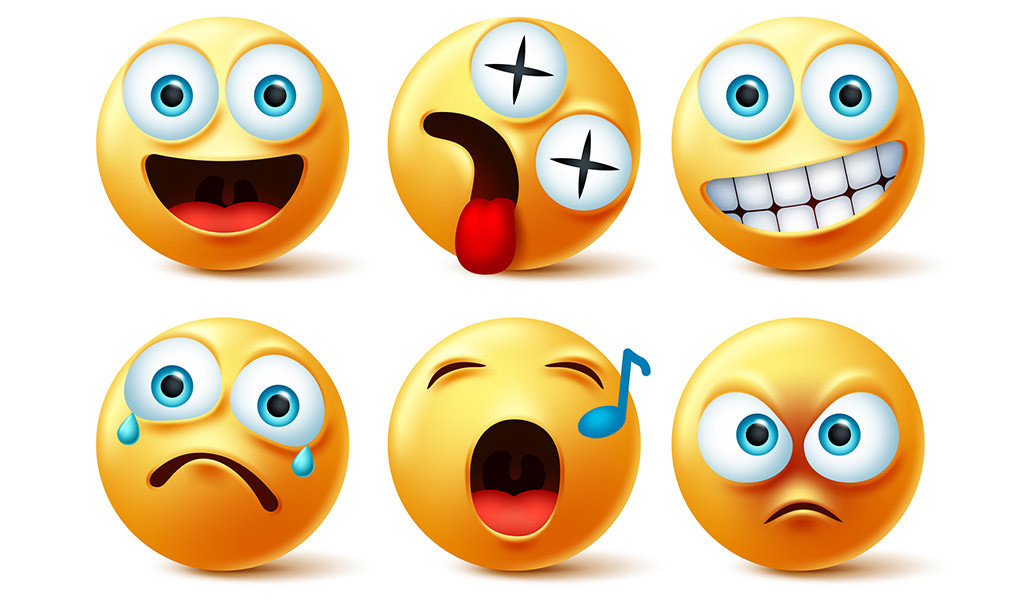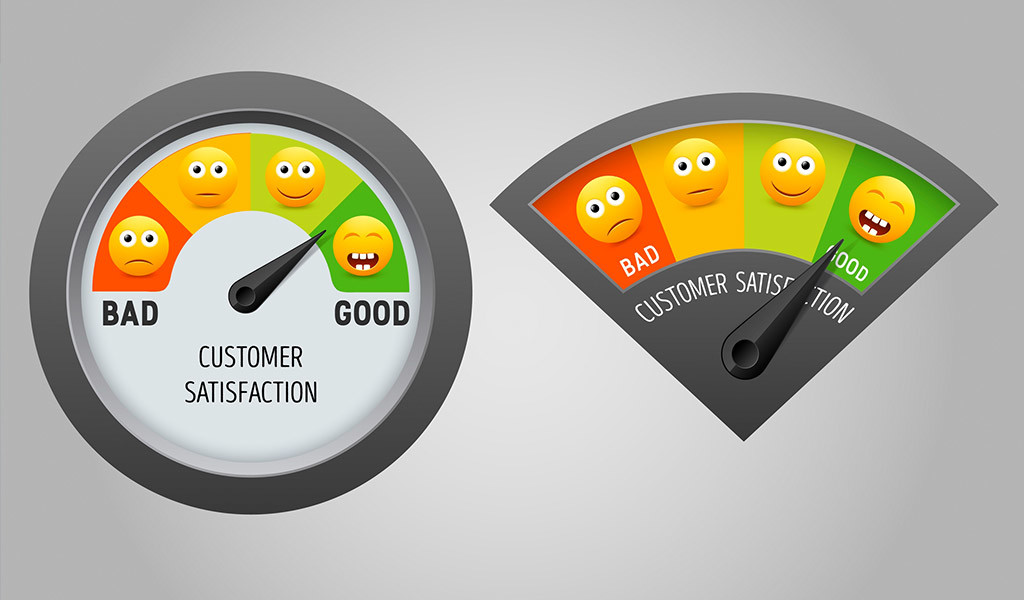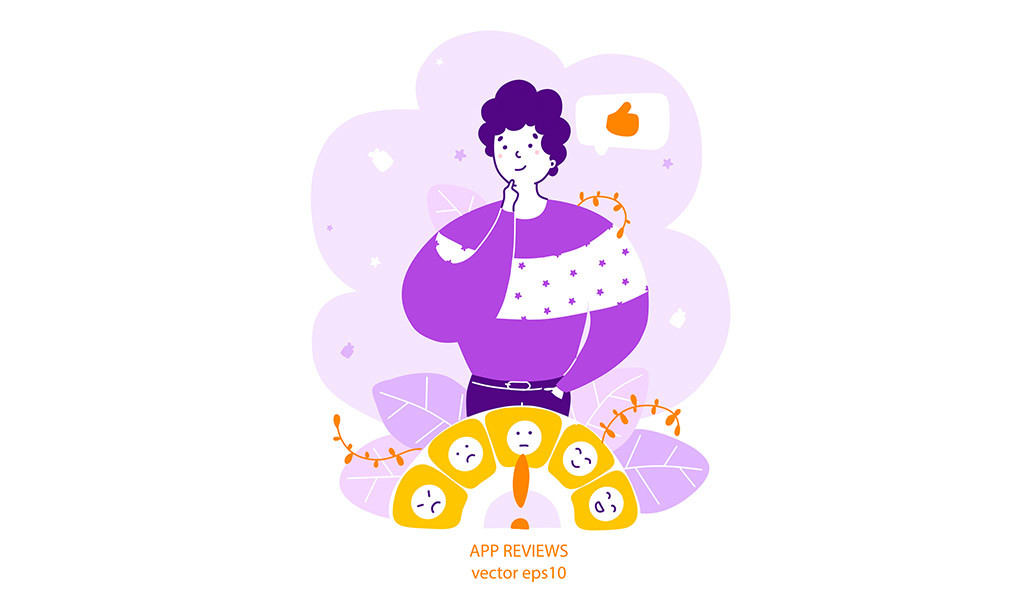
We’ve come a long way in our communication preferences in the last decade. Emojis used to be viewed as unprofessional and even childish. They were viewed as deeply informal – something that you should only use with friends and family members. They were certainly not considered something you should use in business. However, times have changed. Emojis are now becoming a useful part of customer-business interactions and to great success. Today we’re going to look at how Emojis can make or break the customer experience, and some tips on how you can use them effectively. Let’s take a look.
Why Emojis Are Used in Customer Service in 2020
The simple answer is, emojis are charming. It doesn’t matter if you’re a small business with a handful of employees or a giant corporation, consumers want their experience with you to feel personal. For the experience to feel personal, the company has to behave like a person. This means you are friendly and informal in your communication style. It means you’re not afraid to use humor where appropriate. It means you give your employees the agency to express themselves in the role. There’s a reason that company Twitter accounts that focus on a more personal communication style are more effective. This can mean that the employee signs their name at the end of a Tweet, or that all Tweets are written in the first person.
Emojis are considered to be informal so they are an extremely useful tool to utilize in informal communication. Your customers are already using emojis every day, so why shouldn’t you?
5 Tips for Using Emojis Effectively
Convey Tone Without Using Words
Emojis are great at conveying tone. Over text, it can be difficult to determine the tone. There are countless couples out there agreeing with this statement after ending up in an argument they didn’t see coming. So why does this happen so easily over text? It all comes down to how we communicate. It’s estimated that 55% of our communication is body language, 38% is the tone of voice, and a mere 7% is the actual words used.
With text, you only have words. This means you completely lose any other context you would normally draw on for information about someone’s intent. In the absence of this context, your brain fills in the gaps. Emojis are a great way to add in this context because they are essentially setting the tone by using a digital form of body language.
Let’s look at an example. Let’s say your company is experiencing technical issues and your Live Chat is down. When the customer tries to connect to live chat you can send them a message:
“:( Our Live Chat is down at the moment”
or “Our Live Chat is down at the moment”
These two statements are almost identical, but the emoji makes all the difference. The second statement sounds harsher and more detached. It’s not inherently negative, after all, it’s just a factual statement. However, it gives the customer no context or further information about the problem. Does your company care that chat is down?
With the first statement, we get extra information. It suggests that the company knows this will make the customer unhappy, and that also makes them unhappy. It acknowledges that this is a bad situation, and companies want to solve bad situations. This information is lacking in the second statement. The second statement makes customers feel more alone and more frustrated.
Understand How Your Customer Base Uses Emojis
Emojis may seem straightforward, but they can mean different things to different people. You’ve probably seen those lists called something like “X emojis you’ve been using wrong”. Many people think the “Tired Face” emoji is supposed to signal frustration. Some people think the praying hands emoji means high-five. The list goes on. In general, it’s best to avoid emojis that are commonly misunderstood because you risk conveying a different tone to the one you intended to convey.
Different countries also use emojis differently so if you operate solely in one country, you may want to consider what emojis are most popular where you are. For example, Indonesian brands use the praying hands emoji more than any other emoji. This emoji is commonly used in Indonesia to say please or thank you. However, in the US, this emoji is rarely used by businesses. Indonesian businesses are more likely to use the smiley face that shows teeth, whereas American businesses opt for the closed mouth smile. The heart eyes emoji is also used much more extensively in US business communications than in Indonesia. American customers are also much more likely to use the heart emojis, (including all the different colors of heart emojis) than Indonesian customers who rarely use this emoji.
Emojis are used as a way to express ourselves, and this expression will present differently depending on your culture. Pay attention to how emojis are used around you and by your customers and try to emulate this use.

Understand Where Emojis are Appropriate
This is the key to using emojis successfully. You need to know when it’s appropriate to use emojis and when it is not. This may seem intuitive, but you only have to be a frequent user of social media to see people using emojis in situations where it’s not appropriate.
Because emojis are friendly and informal, they can also come across as unserious. This means you should never risk using emojis in situations that are very serious or sensitive. To look at a clear example of inappropriate use, let’s say that you run a restaurant that takes bookings over email. A customer emails you to say that they need to cancel their booking for their party of 10 people because one of the parties has died. It would be extremely inappropriate for you to respond with any emoji in your reply. Death is serious, it’s personal, and it’s painful. There’s no situation in which an emoji will be taken well here. It makes it seem like you are making light of their loved one’s death and it’s a categorically bad look.
Of course, there’s a ton of gray area between death and casual light exchange, and this is something you’ll have to continually consider when using emojis. For example, it would be inappropriate to use emojis when explaining to customers that your company has experienced a data breach. Data breaches expose your customer’s sensitive information and make all of their online accounts more vulnerable. By using an emoji, you’re suggesting that the issue isn’t very serious.
You also shouldn’t use emojis with very angry customers. Customers who have surpassed frustration and are experiencing rage level anger will not appreciate emojis. They will think you are not taking their experience seriously. Of course, you might not be. Sometimes we have to deal with customers who are overreacting to an extreme degree, but it’s not for you to tell them this. You’re not their therapist. Your goal should be to quell their anger and bring them back on your side. Using emojis risks making them even angrier.
Mirror Your Customers
Mirroring is when you imitate the speech patterns or attitude of another person. This is something people with high emotional intelligence (EQ) do automatically. It quickly helps establish a bond between you and the other person and makes them feel more comfortable in the interaction.
Of course, you should only mirror where appropriate and where the conversation is light. Don’t mirror an angry customer and become angry yourself because this will only break down the communication further. Most customer service agents will naturally have high EQ because it’s these skills that make them good at their job, so this is unlikely to be a problem.
If you’re dealing with a customer who uses a lot of emojis, then feel free to use more emojis. If a customer makes an obvious joke and they are comfortable with emojis, then it might be appropriate to send the laughing face emoji. These are all ways you can strengthen the relationship with your customers in a simple way. It’s about being flexible and adapting to the expectations of your customers. The same approach won’t work for all customers so don’t force emojis on customers who are clearly not receptive to it.
Tips for Mirroring:
- If you’re unsure whether your customer is responding positively to emojis, stop using them. It’s fine to use an emoji once or twice if the conversation seems respectful and light. However, if the customer seems unresponsive or doesn’t use emojis back, then you should stop.
- Don’t use them in your first contact. When starting communication with a customer you have no idea how they are feeling. They might be extremely angry already, in which case, an emoji might anger them further. Keep your first communication safe and then respond to their attitude going forward.
Consider Your Platform
This ties into the section on when and where emojis are appropriate, but this time we’re looking at platforms. The more informal the platform is, the more appropriate emojis are. For example, Live Chat is considered very informal. It’s supposed to be a quick way for your customers to connect with you. It’s also born out of our messaging culture that is dominant in the digital age. Your customers are messaging people all the time, and now they want to message you. The tone of Live Chat should be light and informal, it should read as a casual two-way communication and be personal in nature. This makes it perfect for emojis.
The same is true on social media, especially Twitter. Twitter is a micro-blogging platform, so users are encouraged to share their thoughts several times a day. Twitter lends itself to unfiltered communication that’s real-time. Perfect for emojis. Facebook is a little different. Users can carefully craft a long Facebook post and you can craft a long reply. Depending on the message, Emojis may be less appropriate here.
Light use of emojis can be very effective in chatbots. Customers understand that chatbots are a highly effective form of self-service customer service. They are ideal for dealing with problems that are simple. A very angry customer with a complex problem or a customer with the desire to vent is very unlikely to use a chatbot solution. When a customer is very angry, they want to be listened to above all else, and a chatbot doesn’t listen in the same way a person does. This makes emojis relatively safe to use in chatbots as long as you don’t go over the top with the emojis. It can also be very effective for chatbots because it makes them appear more human-like, a quality that shouldn’t be underestimated.
Emojis are less effective in customer service emails. Emojis are great for real-time communication, but they can break down over longer time periods. Email is also still considered much more formal than other communications platforms so using emojis can be riskier. However, this only applies to customer service emails. It turns out that in marketing emails, emojis can be very effective.
One study found that customers are 95% more likely to open an email where emojis are used. This might be because marketing emails are seen as less formal because of the sheer amount of them we receive.

Other Quick Tips For Using Emojis Effectively
- Don’t overuse emojis. If you overuse anything enough, it becomes annoying and loses its original meaning.
- Be conscious of whether emojis suit your customer base. A tech start-up focused on young people is a good use case for emojis. A funeral plan company targeted towards people over the age of 60 might not be. It’s common knowledge that younger people are more comfortable with emojis than older people. This doesn’t mean you shouldn’t use them, but just be conscious of how you’re using them.
- Don’t use emojis to replace words. This was much more common when emojis first surfaced, but it still happens surprisingly often. Emojis should be used to set the tone, not to replace words.